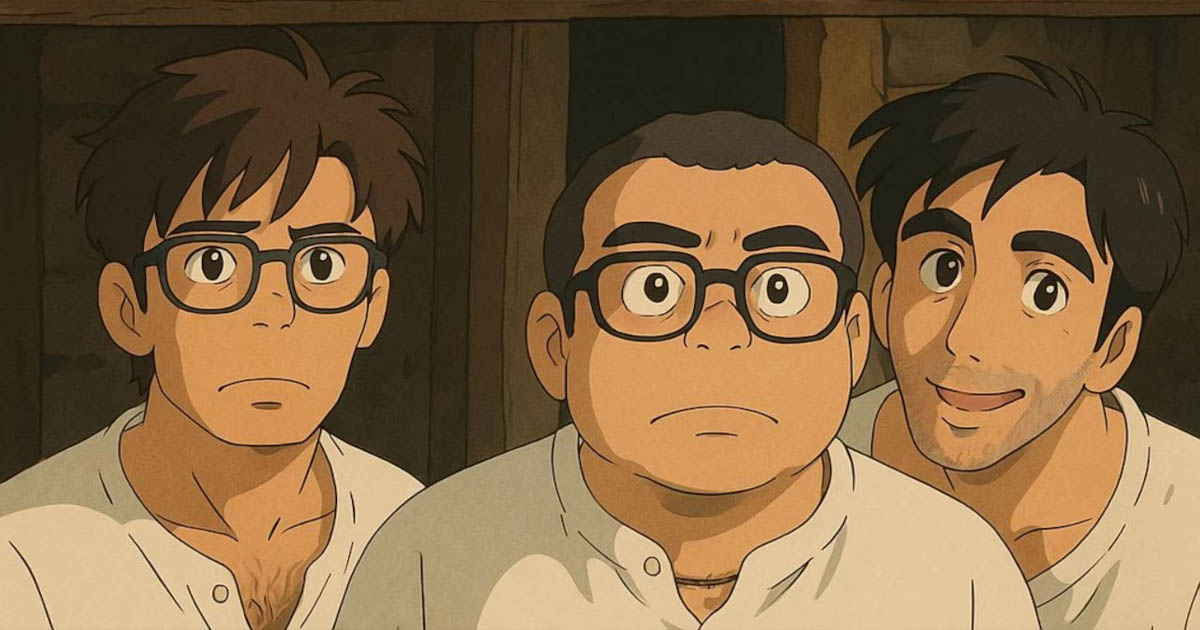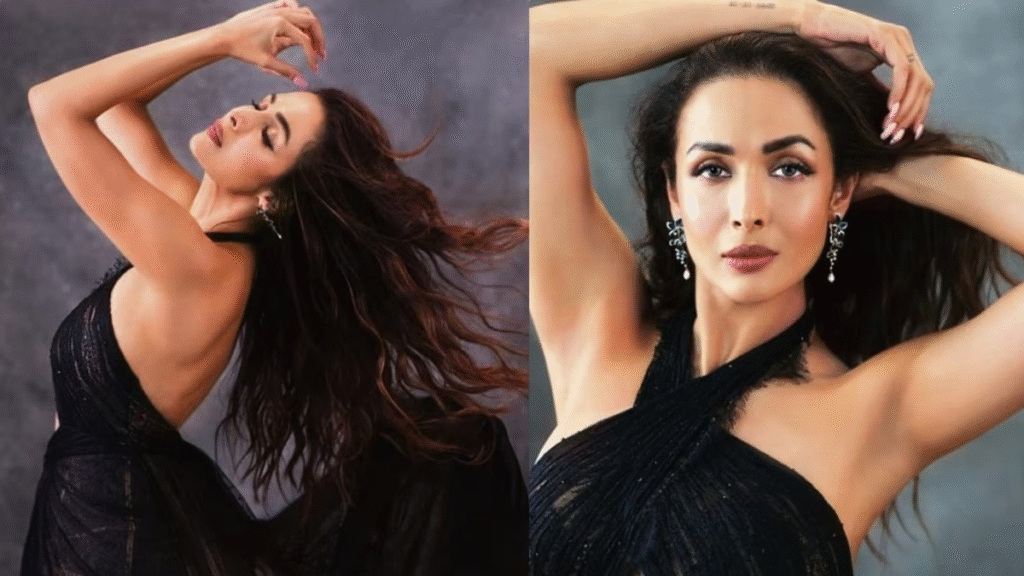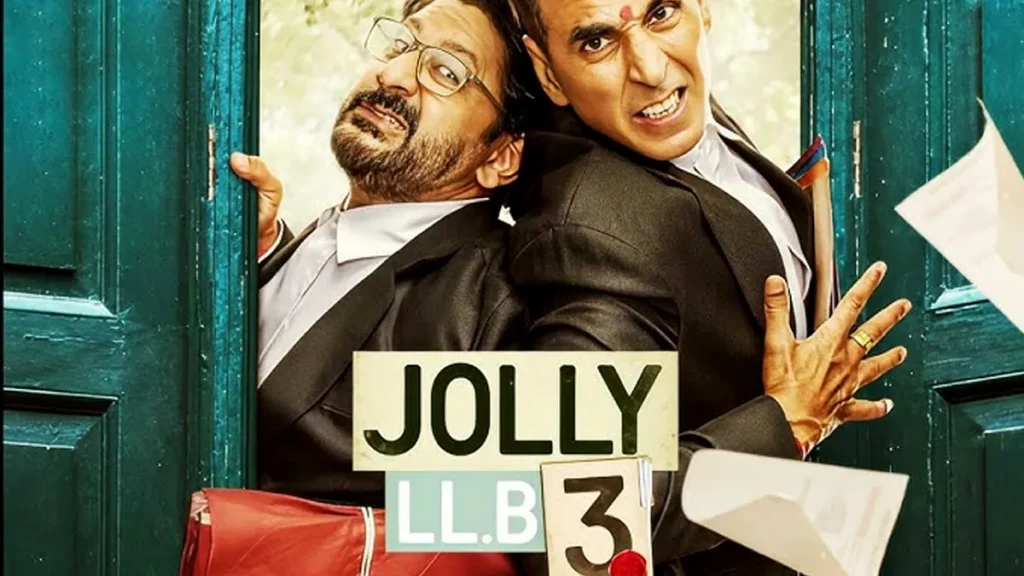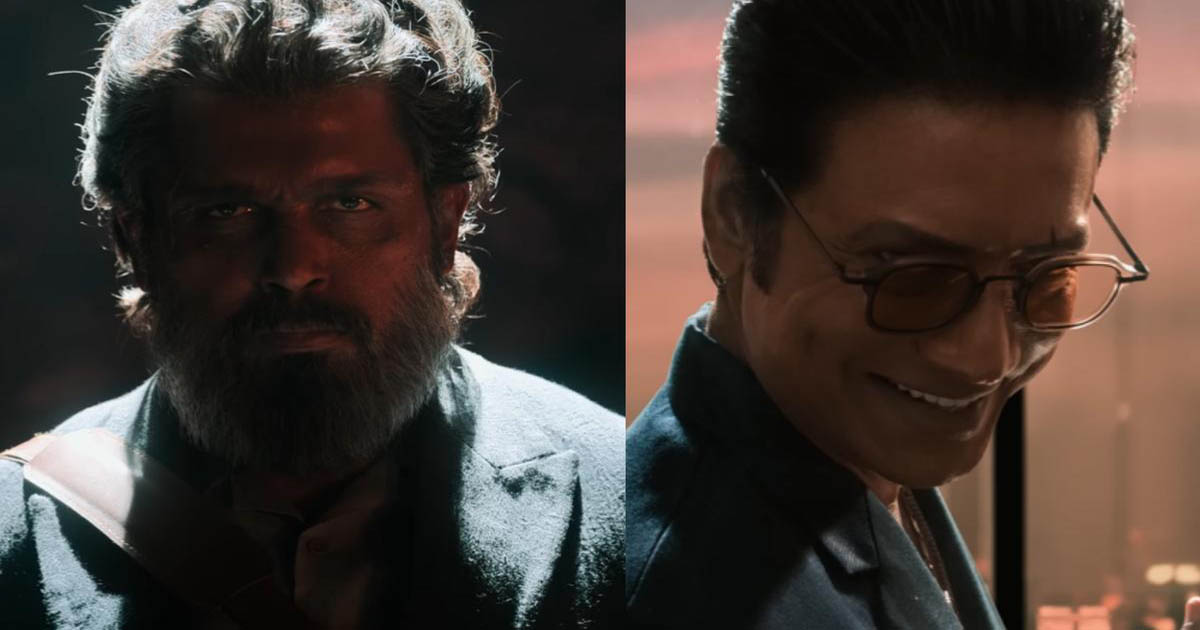Now Reading: The Ghibli Dreamscape Evolves: From ChatGPT’s Artistic Whimsy to Gemini 2.5 Pro’s Cinematic Precision
-
01
The Ghibli Dreamscape Evolves: From ChatGPT’s Artistic Whimsy to Gemini 2.5 Pro’s Cinematic Precision
The Ghibli Dreamscape Evolves: From ChatGPT’s Artistic Whimsy to Gemini 2.5 Pro’s Cinematic Precision

The world of AI-generated art has been ablaze with the ethereal charm of Studio Ghibli, a style that has captivated hearts and sparked a viral frenzy. Initially, the trend saw users leveraging ChatGPT’s descriptive prowess to craft prompts that, when fed into image generation tools like DALL-E 2 and Midjourney, yielded whimsical Ghibli-esque scenes. But now, a new player has stepped into the arena: Google’s Gemini 2.5 Pro, promising a leap in cinematic precision and artistic control.
The initial wave of Ghibli-inspired art was a testament to the power of language models in bridging the gap between imagination and visual creation. Users discovered that by carefully crafting prompts that evoked the distinct characteristics of Ghibli films – lush landscapes, gentle characters, and a touch of magical realism – they could coax AI into producing captivating images. This trend quickly spread across social media platforms, with users sharing their creations and experimenting with different prompts.
However, the early iterations were often characterized by a degree of unpredictability. While the AI could grasp the general aesthetic, nuances like character consistency, accurate replication of specific Ghibli elements, and the seamless blending of realism and fantasy proved challenging. The results, though charming, were often a delightful mishmash of interpretations, sometimes straying from the intended vision.
Enter Gemini 2.5 Pro. Google’s latest multimodal model, boasting enhanced understanding of visual concepts and a refined ability to translate textual descriptions into detailed images, is poised to redefine the Ghibli AI art landscape. Unlike its predecessors, Gemini 2.5 Pro is designed to provide greater control over the output, allowing users to fine-tune aspects like character design, scene composition, and lighting to achieve a more authentic Ghibli feel.
Key Improvements and the Ghibli Impact:
- Enhanced Visual Understanding: Gemini 2.5 Pro demonstrates a deeper understanding of artistic styles, including the specific visual language of Studio Ghibli. This translates to more accurate representations of Ghibli’s signature elements, such as the soft, pastel color palettes, the intricate details of nature, and the expressive character designs.
- Improved Prompt Following: The model’s ability to interpret complex prompts with greater precision means that users can specify intricate details and expect a closer match to their envisioned scene. This allows for more nuanced control over the final image, reducing the need for extensive post-processing.
- Cinematic Quality: Gemini 2.5 Pro promises to deliver images with a higher degree of cinematic quality, capturing the sense of wonder and emotional depth that defines Ghibli films. This includes improved handling of lighting, depth of field, and composition, resulting in more immersive and visually compelling images.
- Greater Character Consistency: A recurring challenge in earlier Ghibli AI art was maintaining character consistency. Gemini 2.5 Pro’s enhanced memory and understanding of visual attributes suggest that it may be able to generate more consistent characters across multiple images, a crucial aspect for creating narrative-driven scenes.
- Accessibility and User Experience: Google is focusing on making Gemini 2.5 Pro user-friendly, potentially integrating it into accessible platforms that allow for easy prompt input and image generation. This could democratize the creation of Ghibli-inspired art, making it accessible to a wider audience.
The Social Media Frenzy and Beyond:
The evolution from ChatGPT-driven prompts to Gemini 2.5 Pro’s refined capabilities has fueled an even greater surge in social media activity. Users are eagerly experimenting with the new model, sharing their creations and comparing the results to earlier iterations. The hashtag #GhibliAI is witnessing a resurgence, with creators showcasing the enhanced realism and cinematic quality of the images generated by Gemini 2.5 Pro.
Beyond the social media buzz, the implications of this technological advancement extend to various creative fields. Animators, illustrators, and filmmakers are exploring the potential of AI-generated Ghibli-style art as a tool for concept development, storyboarding, and even background creation. The ability to quickly generate high-quality visuals could streamline the creative process, allowing artists to focus on the more nuanced aspects of their work.
However, the rise of AI-generated art also raises important questions about artistic ownership, copyright, and the role of human creativity. As AI models become more sophisticated, it is crucial to establish ethical guidelines and frameworks that address these concerns.
In conclusion, the journey from ChatGPT’s Ghibli-inspired prompts to Gemini 2.5 Pro’s cinematic precision represents a significant leap in the evolution of AI-generated art. As the technology continues to advance, we can expect to see even more breathtaking and immersive creations that blur the lines between human imagination and artificial intelligence. The Ghibli dreamscape, it seems, is only just beginning.










